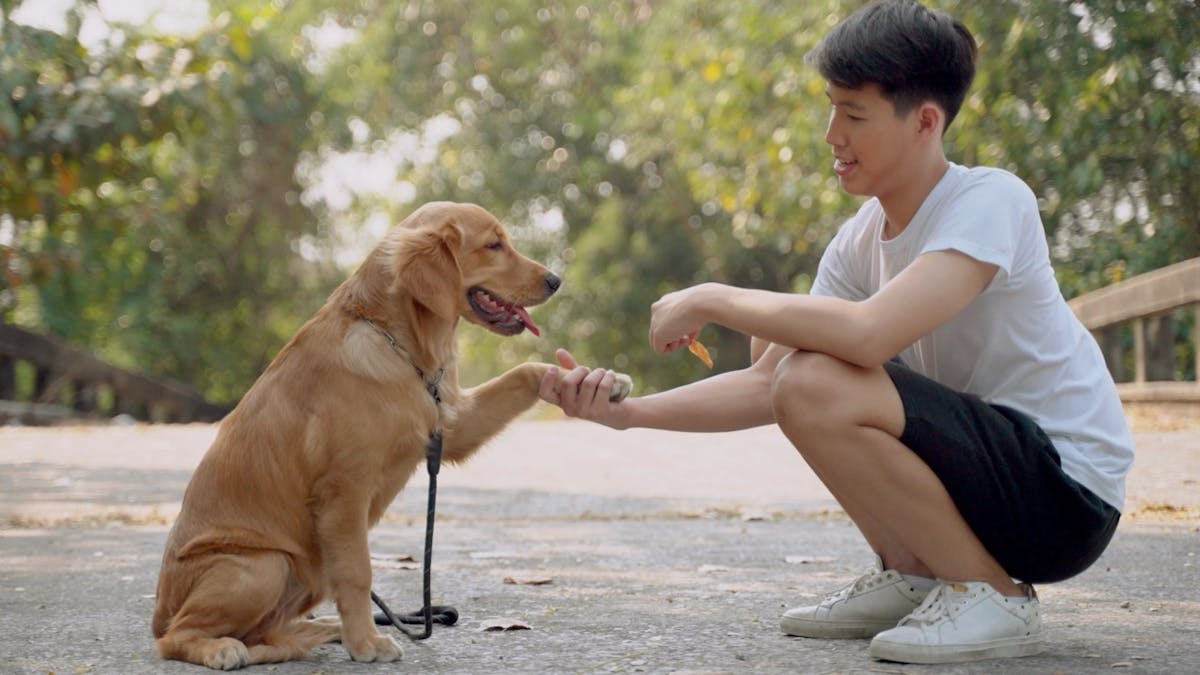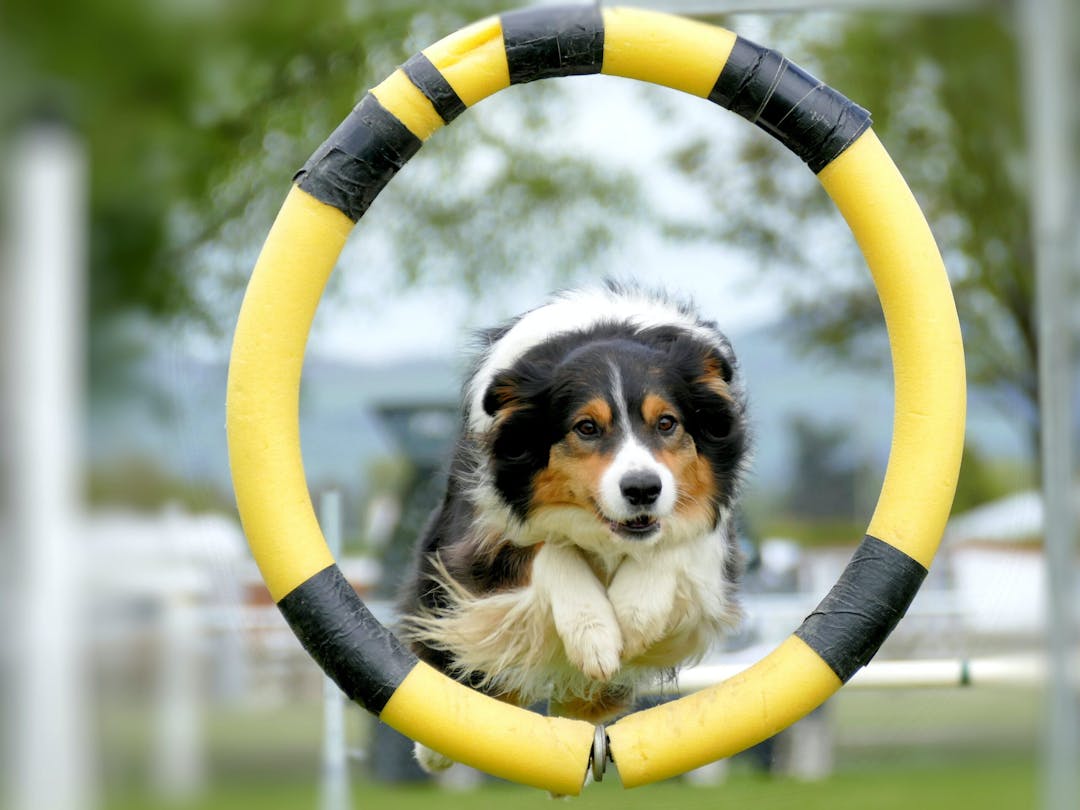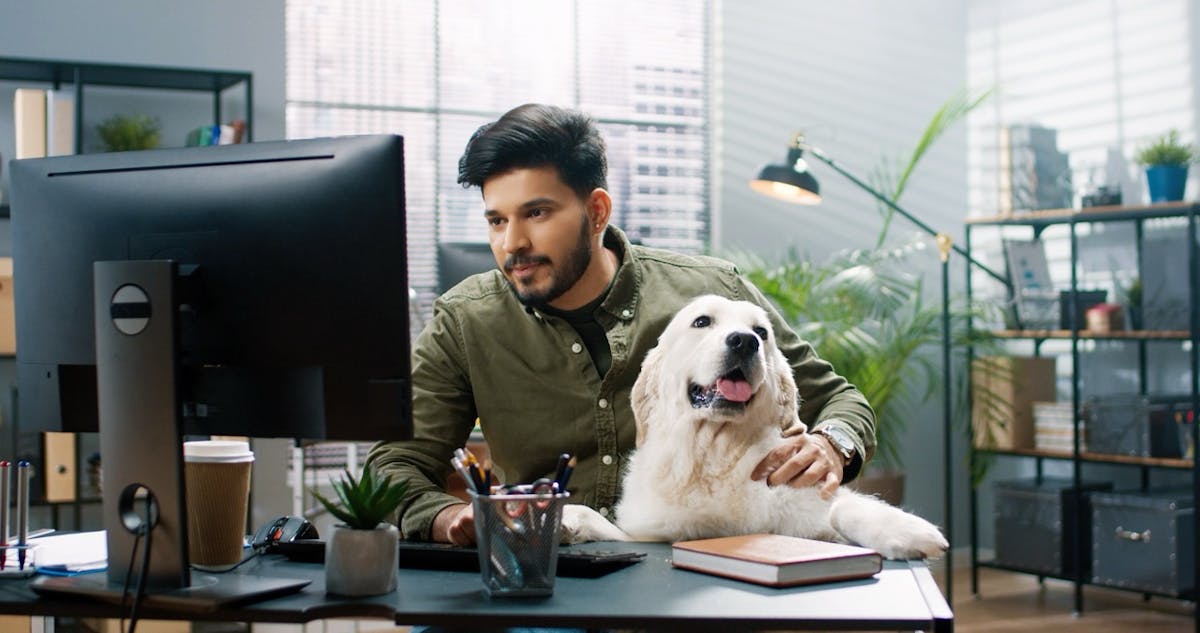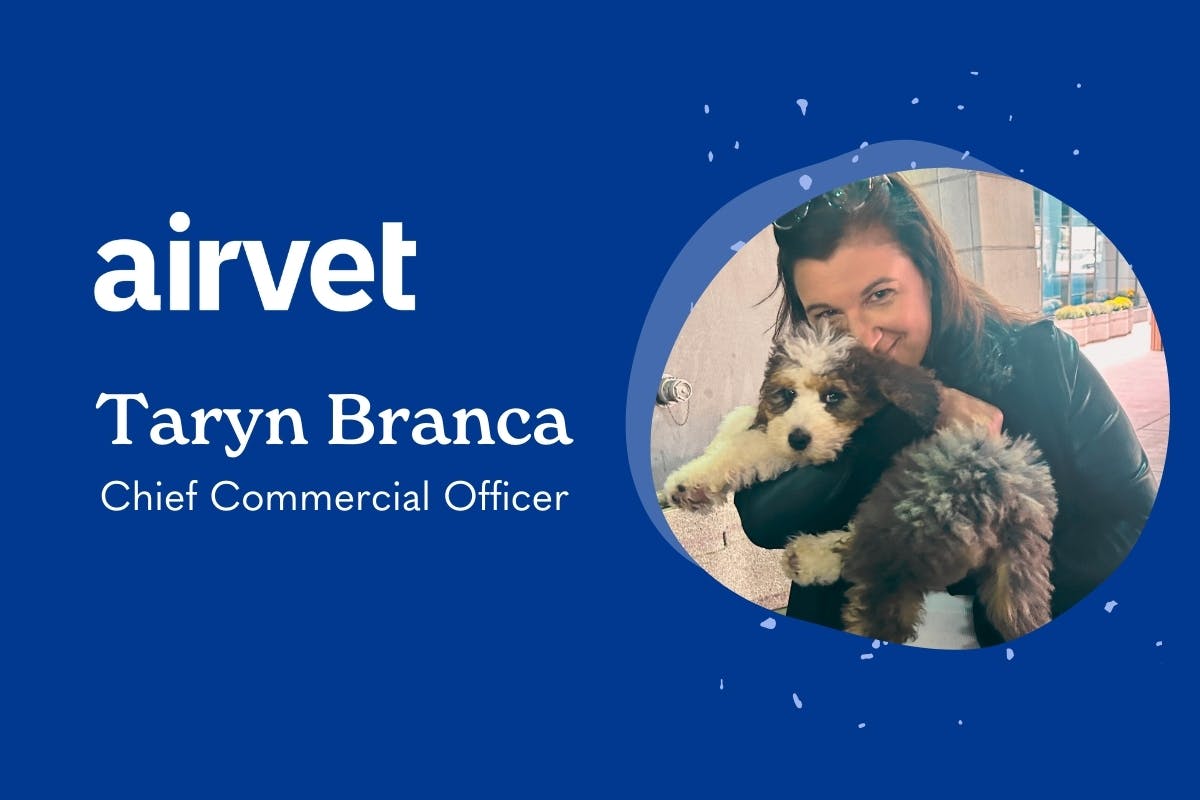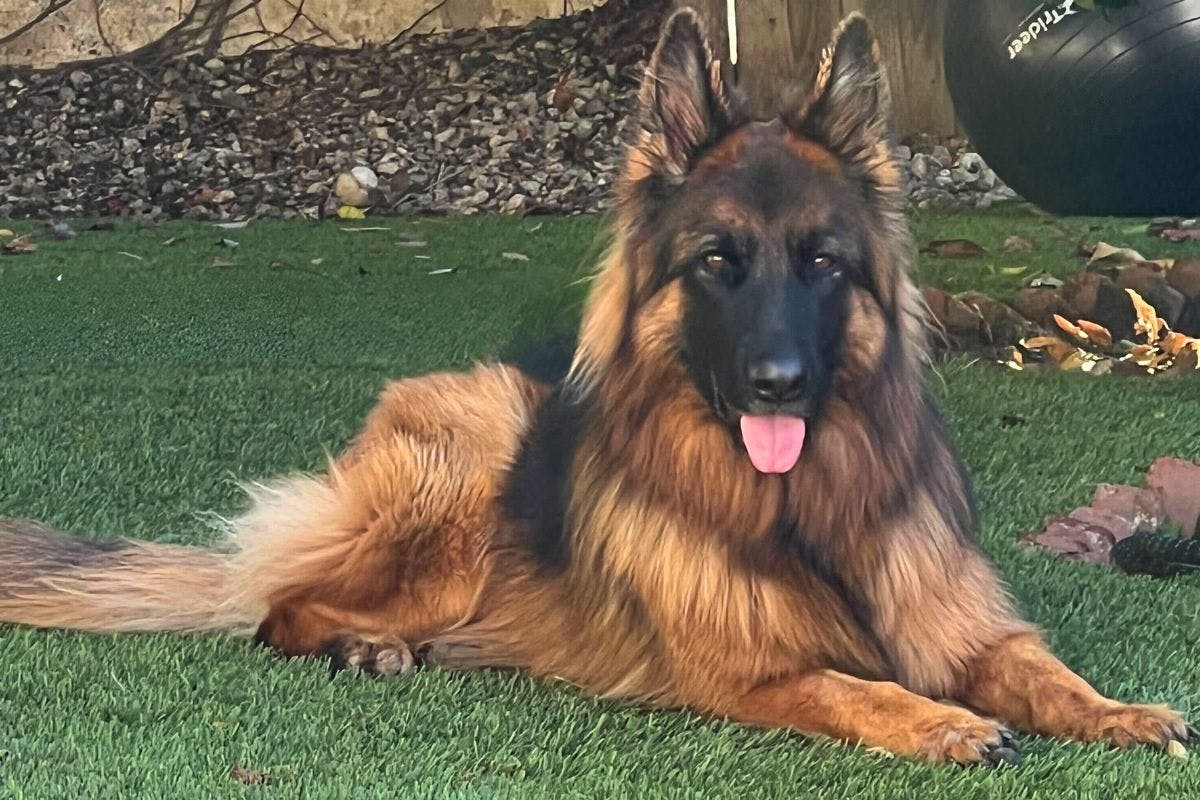Service dogs can be completely life-changing for the people they serve. Service dogs can give disabled people the independence to live by themselves and go where they please. They can better enable parents of disabled children.
Service dogs don’t have to be professionally trained, but they do require a lot of hard work and dedication to train properly.
Here is a basic guide to training service dogs, but do keep in mind that training a service dog generally needs to be done at a very young age, involves a significant amount of commitment and consistency, and will turn your dog into a working dog versus just being your cuddly household pet.
Minimum Standards
Whatever you want to train your dog to do, there are a couple of key standards that your dog must be able to demonstrate. These standards help to guarantee that your dog will be safe and effective when out in public.
Sufficient Training
Service dogs should receive at least 120 hours of training over six months or more. This is essential even if your dog learns the skills required much faster. Just because a dog can perform over a brief given period does not mean that they will perform equally well in the long term.
That is why it is so critical that dogs receive at least a minimum period of training. If at any time your dogs fail to comply with training in an important way during this period, it is wise to train for even longer.
For at least 30 of the hours that your dog works they should be in public places. Your dog must be able to prove that they can be calm and compliant even in stressful environments. Just because your dog responds to your commands in your home does not guarantee that they will respond in the same way in public. Therefore, it is critical that they practice sufficiently in public as well.
Basic Obedience
A service dog doesn’t just need to know how to perform the essential tasks that they need to perform for you. They also need to know how to be unobtrusive in public places. For this reason, your dog should have a firm understanding of basic obedience in addition to being able to perform necessary tasks for you.
Here is the basic obedience that every service dog should know and perform flawlessly:
- Sit
- Stay
- Relax
- Down
- Heel
- Leave it
- Immediate recall if the leash is dropped
Manners
Service dogs are held to a much higher standard when it comes to their manners than are other dogs. This is even and perhaps especially the case when other dogs in the community are not behaving well.
No matter how other dogs or people are acting or what is going on in the environment, service dogs must maintain an extremely high standard of good manners.
Here are some of the manners that will be required of a service dog regardless of the service they perform.
No aggressive behavior
A service dog cannot bark aggressively, snarl, snap, bite, or lunge towards any person or animal regardless of how the other animal or person is behaving. Exceptions are made when the dog is on your property, as some degree of protectiveness of property and the capacity to relax off-duty is reasonable for any animal, including service dogs.
However, this kind of behavior is not tolerated if you are in some other space that may be home-like, such as a hotel. Your service dog still needs to behave appropriately at this time.
No soliciting pets or food
Your service dog needs to be focused on you, not trying to get attention or tidbits from the people around them. Other people in your environment do not want to feel like your service dog is begging from them.
If your service dog is highly food-motivated, make sure that it is only you to whom they are turning for their food rewards. It is strictly prohibited for people to interfere with your service dog.
If you catch anyone trying to give them treats or solicit their attention while the dog is on duty, you are entirely within your rights to demand that they stop.
Comfortable in various situations
Your service dog should be extremely comfortable with all sorts of sights, sounds, and smells while on duty. They should not be tempted by any food that is dropped on the floor. They should never sniff at food or other customers.
It can be confusing for dogs to figure out exactly where is considered indoors and where is considered outdoors, even if they are potty trained. For this reason, it is very important that you train your service dog to only go to the bathroom when they are commanded to do so in an appropriate place.
Disability Training
This is what most people think about when they think about training a service dog. This is the training that you will perform to teach the dog to do something extremely specific for the benefit of a person with a disability. Seeing eye dogs can lead a blind person, seizure alert dogs alert to an oncoming seizure, and hearing-impaired service dogs alert to sounds like a telephone ringing or somebody at the door.
Some dogs perform a range of different behaviors.
For instance, a dog that is working with someone who has autism may keep that individual from wandering away, or use their body to soothe a child who is having a stress or emotion-based episode.
Mobility assistance dogs may provide stability when their owners are walking or getting up, and they may get things that the mobility-impaired person cannot reach.
Disability Training is the Difference Between a Service Dog and an Emotional Support Animal
A dog that only offers general comfort to a person suffering from a mental health issue but is not trained to alert or react during a mental health episode is generally not considered a service dog. A dog that is trained to paw or bark at a person to keep their attention when they are entering into an episode is often considered a service dog.
The lines can become a little bit blurred, but you can research exactly what behavior you are planning to train to determine whether it qualifies as service dog work.
A lot of the time, an animal that provides general comfort but is not trained to the extent of a service dog is considered an emotional support animal.
Unaccepted Training
Not all training techniques are acceptable for training service dogs. Here are a few things you should not train your service dog:
- Training that encourages a dog’s prey drive or fear to elicit a display of aggression to defend or guard
- Aggressive barking as a trained behavior
- Trained protection dogs, attack dogs, or aggressive dogs
How to Train Your Service Dog
You can choose to have a professional train your service dog, or you can purchase a fully trained dog. Depending on your disability, it is often less practical and less effective for you to train a dog yourself, especially if you have not done so before. However, there can be exceptions.
For instance, seizure alert dogs may benefit more from training directly with an owner so that they can learn their owner’s particular pre-seizure state–though, this is often done with the help of training professionals and not just the owner and the dog alone. On the other hand, seeing-eye dogs are usually professionally trained.
If you do decide to try to train your dog yourself, here are a few essential things to keep in mind.
Not All Dogs Are Good Candidates
If you are thinking of training your personal dog as your service dog, you may be disappointed to learn that not every dog is a great candidate for this kind of work, especially if the dog has already grown up as a pet and has already been a pet for some time. This can be especially frustrating if you have already found that your own dog is capable of performing the tasks that you need to be done.
Keep in mind that being a great service dog isn’t just about performing tasks appropriately. It’s also about how the dog performs in public and whether they can do basic obedience. Dogs who are overprotective of their owners, tend to be nervous in new places, or who don’t do well around new people or other animals are generally not good candidates for service work.
It is very important that you take an honest look at your dog and decide whether they are a good candidate for service work before you put all of the time and effort into training. If you are seeking out a dog for service work, the best route is to look for service dog trainers and breeders in your area, as they not only specialize in dogs bred to be service dogs in terms of temperament and intelligence, but they will often be able to guide you through the entire process of obtaining a service dog, including training the dog to your specific needs and training the dog to recognize you as their person.
Be Consistent
Cover all of the important points of service dog training and be extremely consistent and thorough. Edit your training protocol as you go for places where you may be missing a valuable opportunity.
Be especially attuned to any training that you or your dog don’t seem to be particularly fond of. If it’s your least favorite part of the training protocol, it is probably what you should be doing the most of. It is extremely important that your dog is well-versed in every area of important training, not lacking in areas where you found it difficult or inconvenient to train.
Support Your Service Dog’s Medical Care
After all of the work and love you have devoted to your service dog, it is absolutely imperative that you provide them with care they need to be able to do their jobs to the best of their ability.
This is where virtual veterinary care like Airvet can really come in handy. With the Airvet app, a licensed veterinarian is just a few taps away to help you get your questions answered.
Sources:
https://www.iaadp.org/iaadp-minimum-training-standards-for-public-access.html#definitions
https://www.guidedog.org/GD/DogPrograms/puppyraiser.aspx
https://www.guidedogsofamerica.org/best-practices-when-around-a-service-dog/
